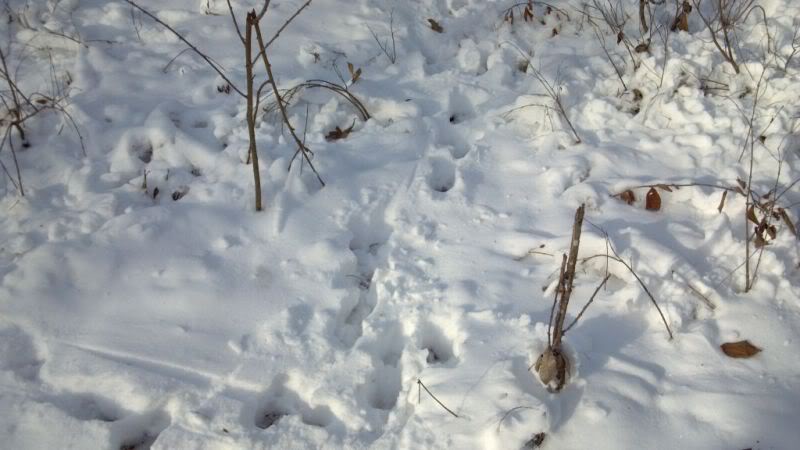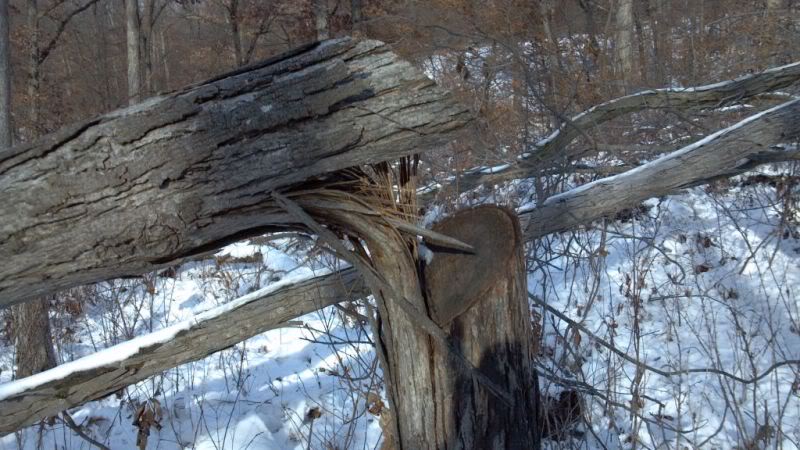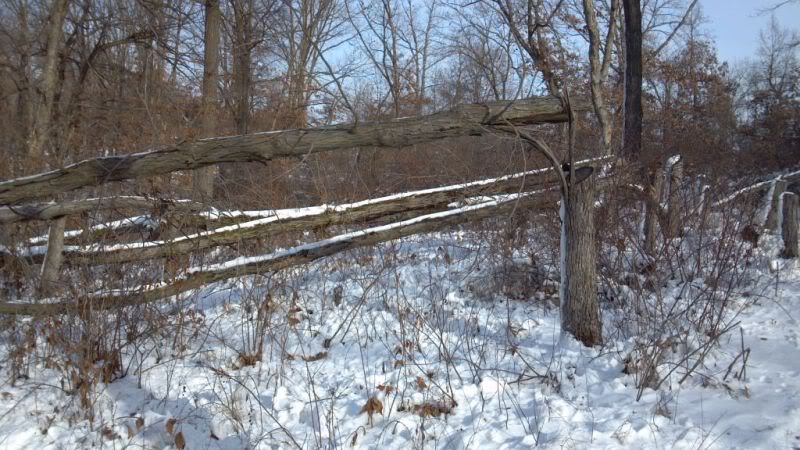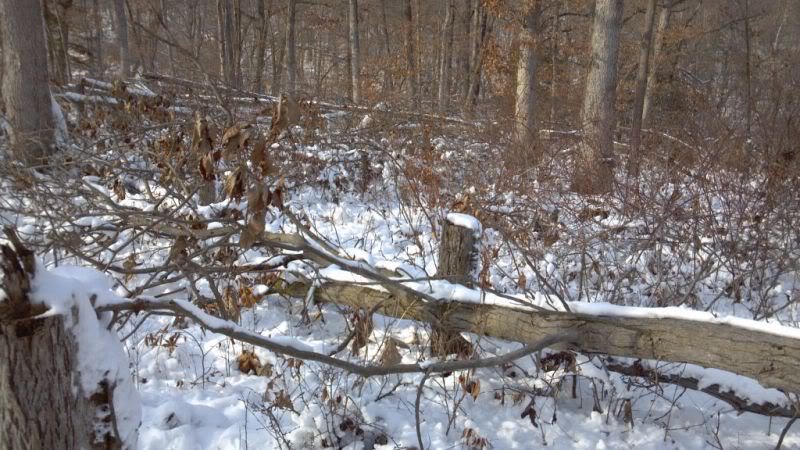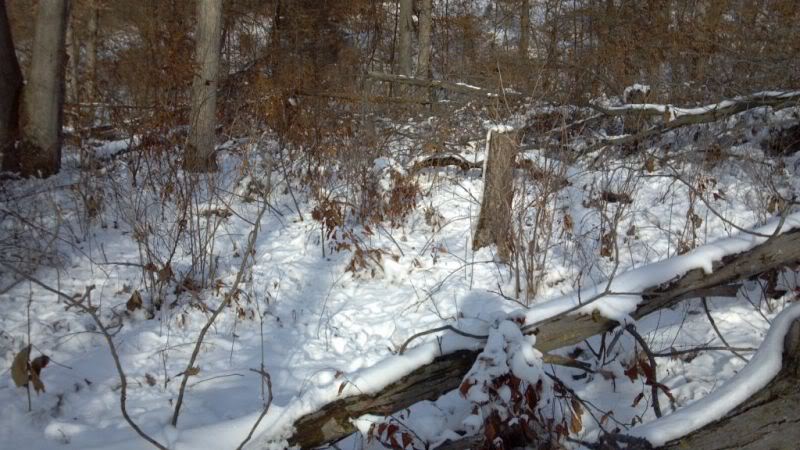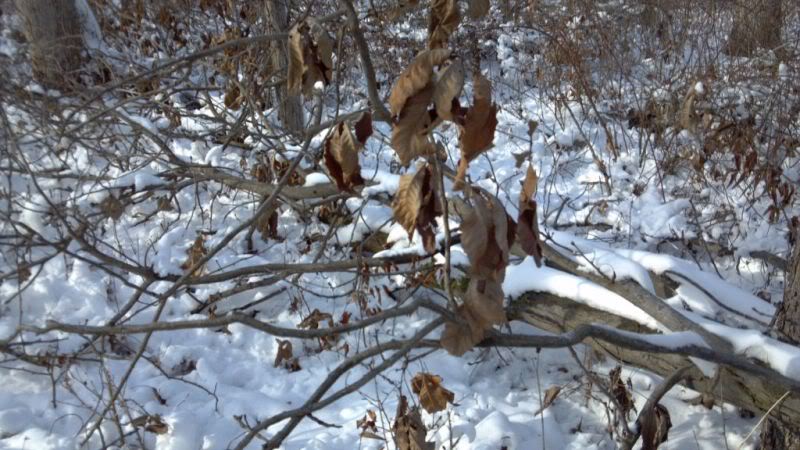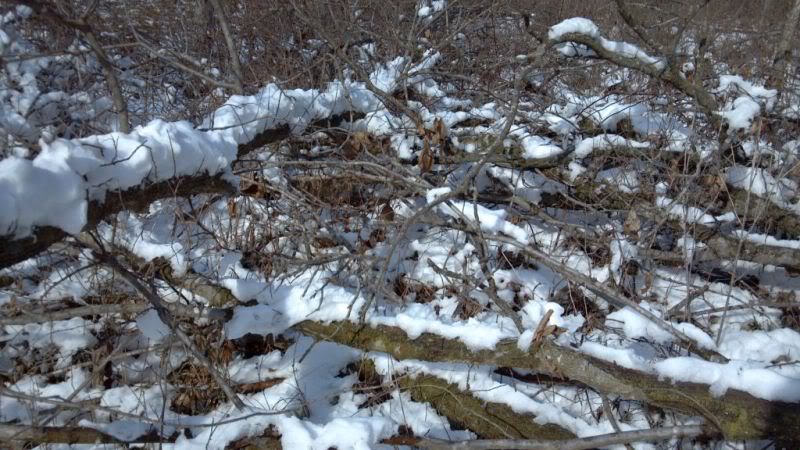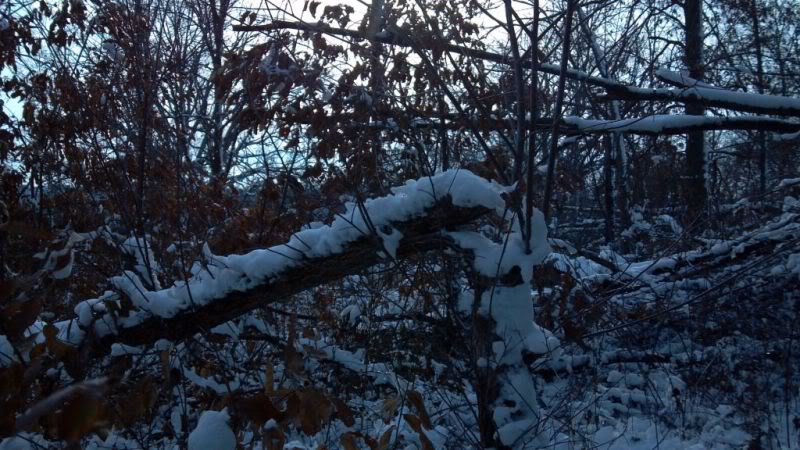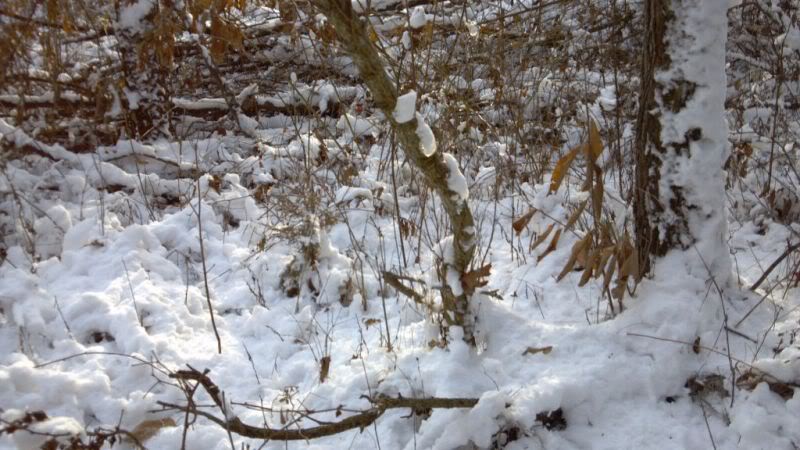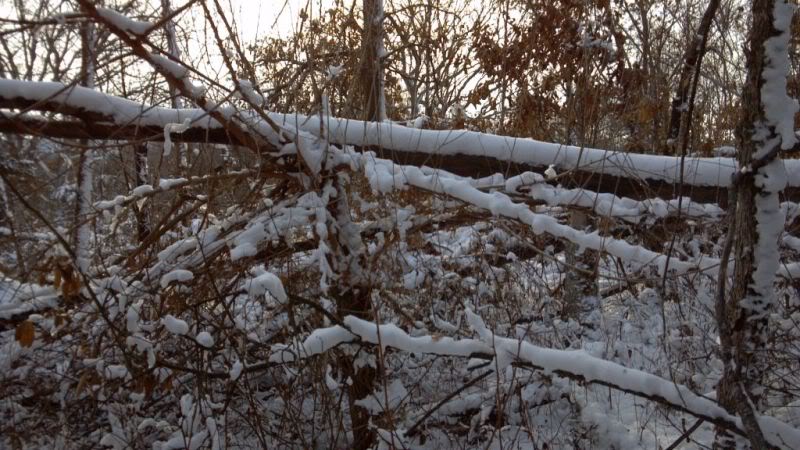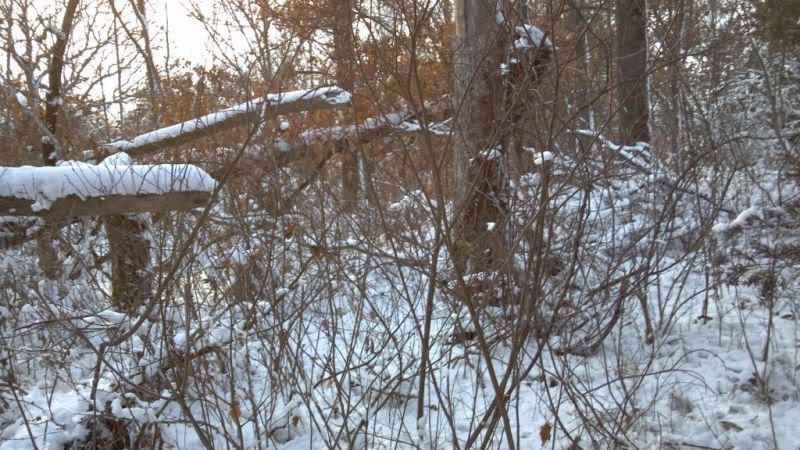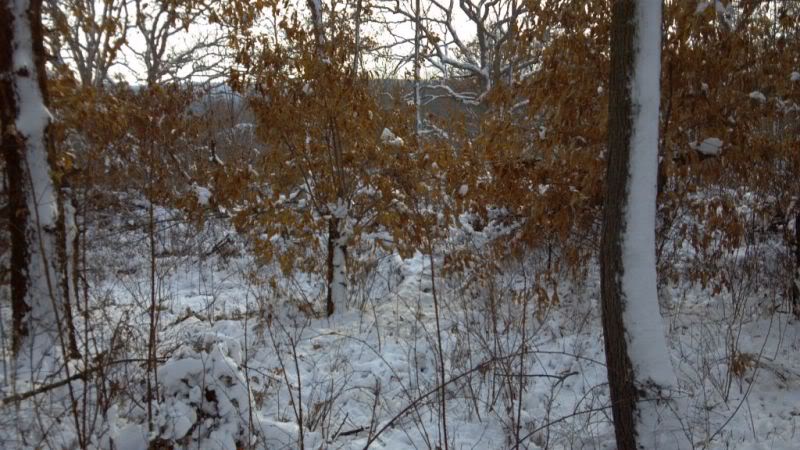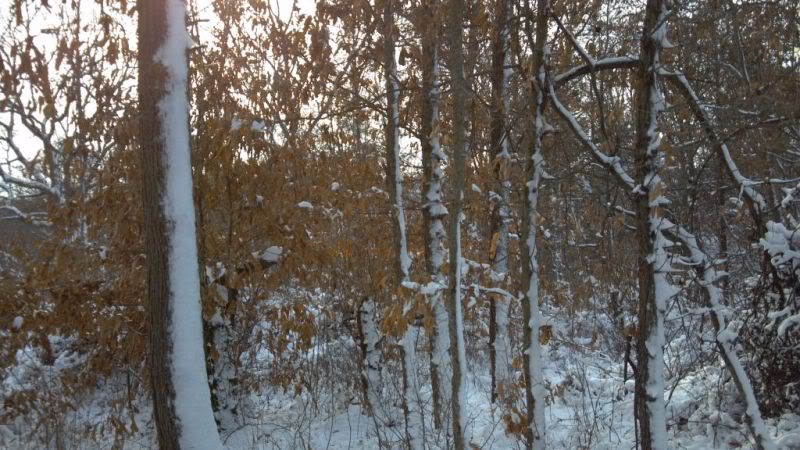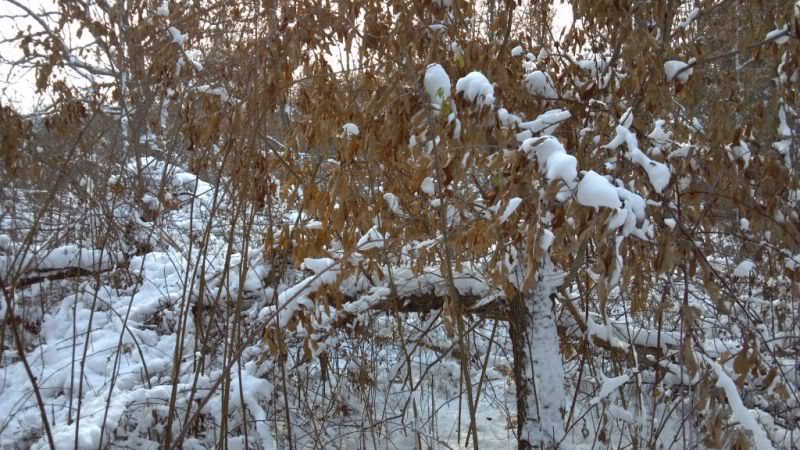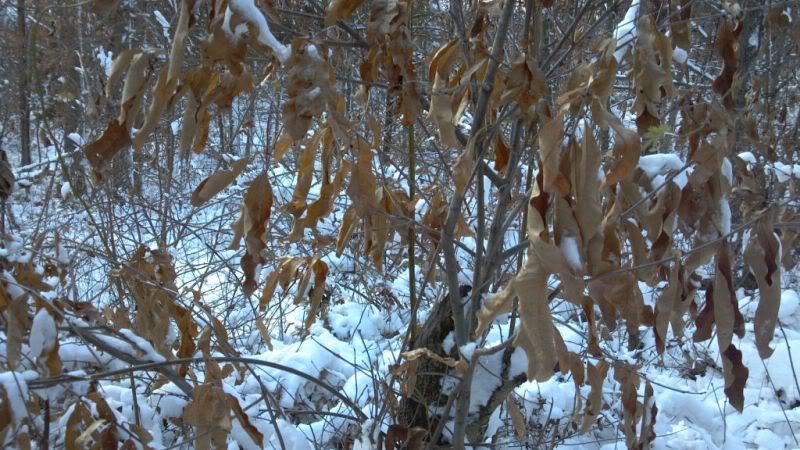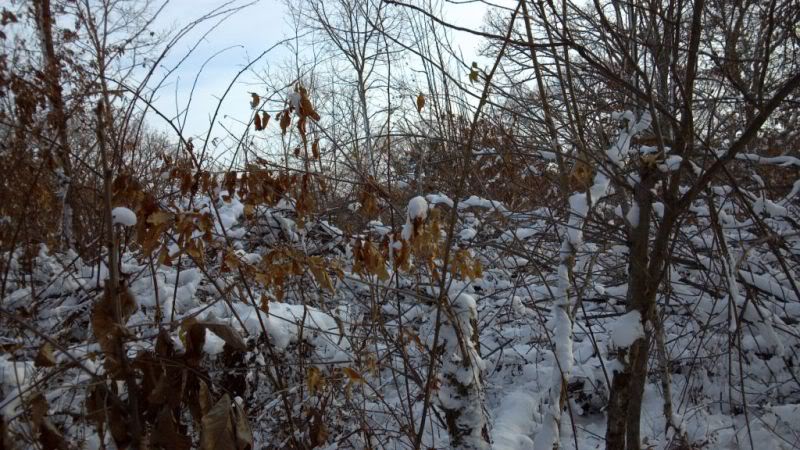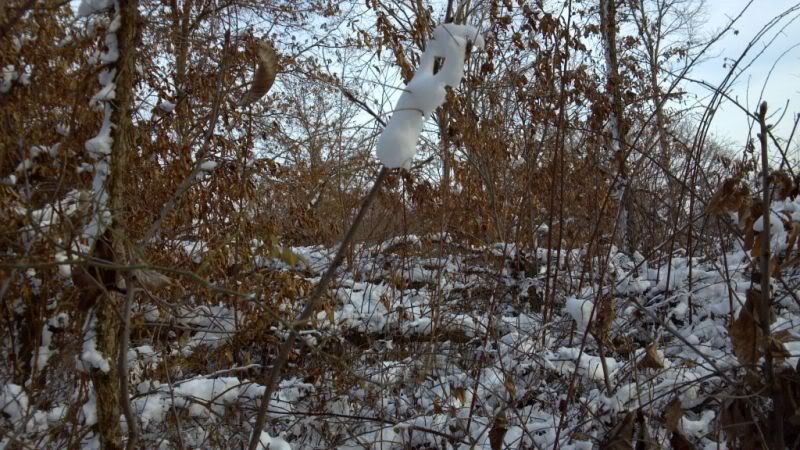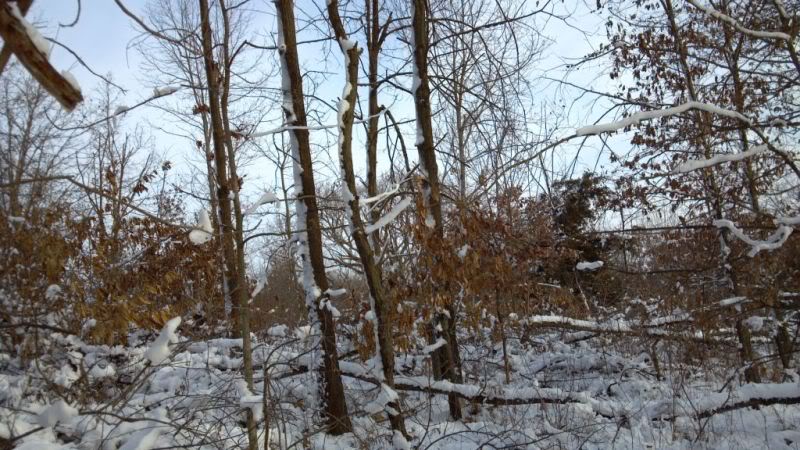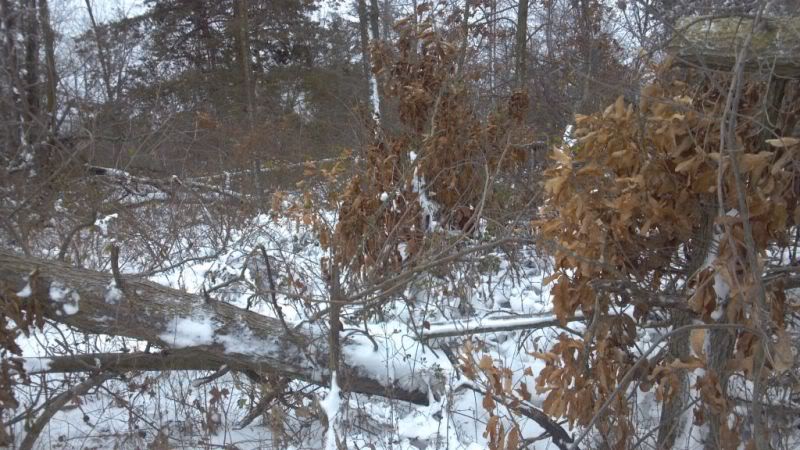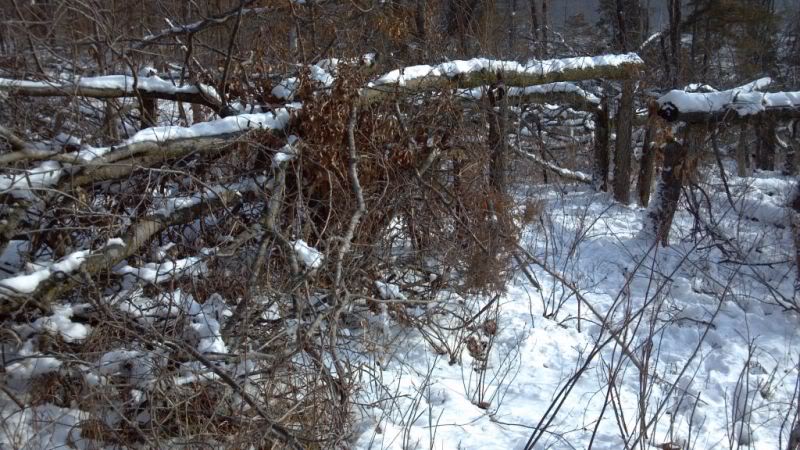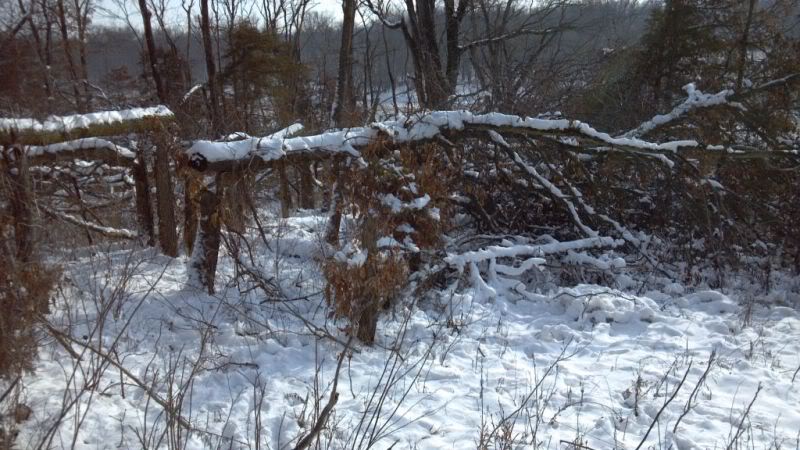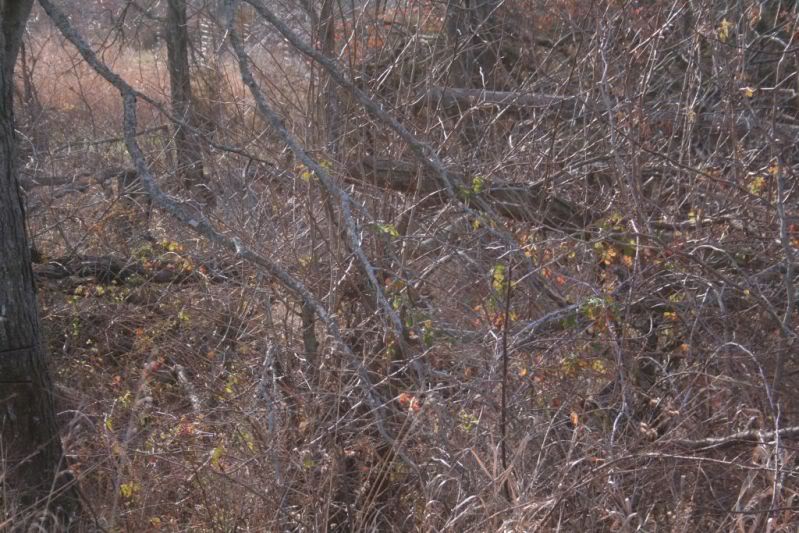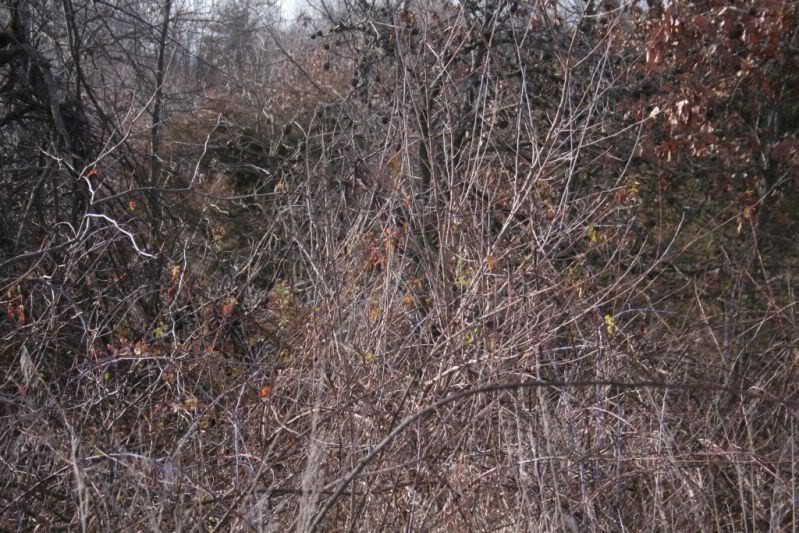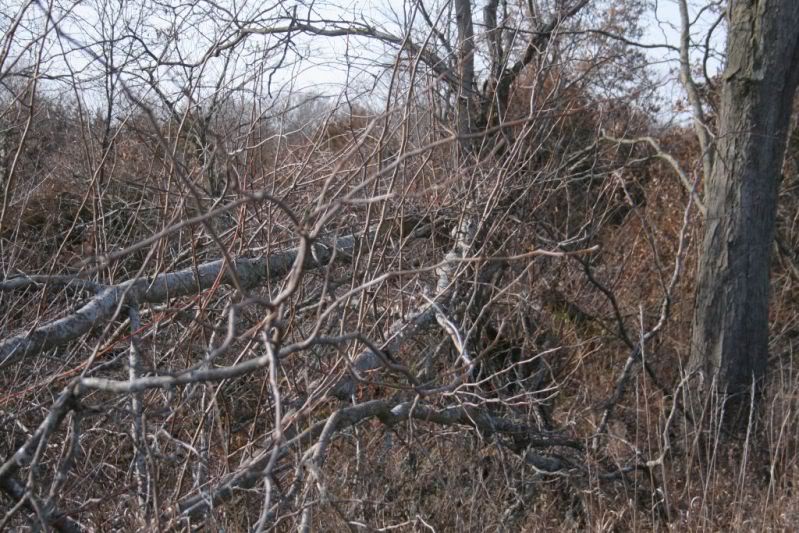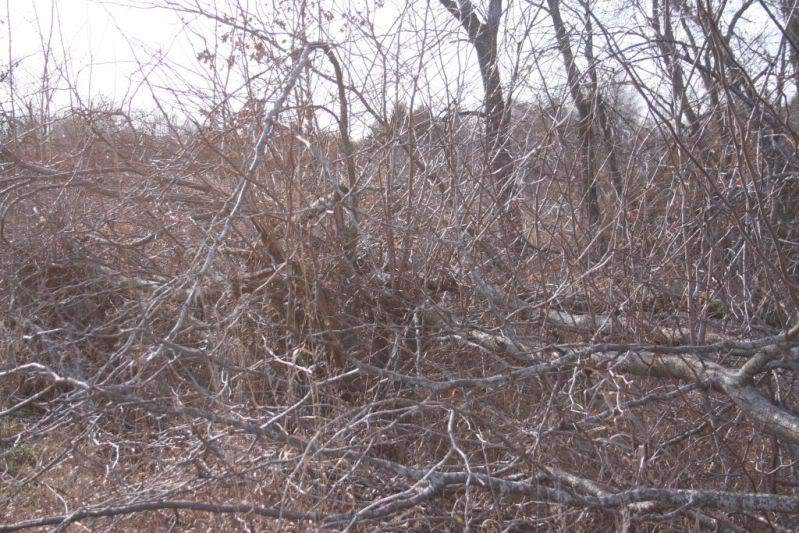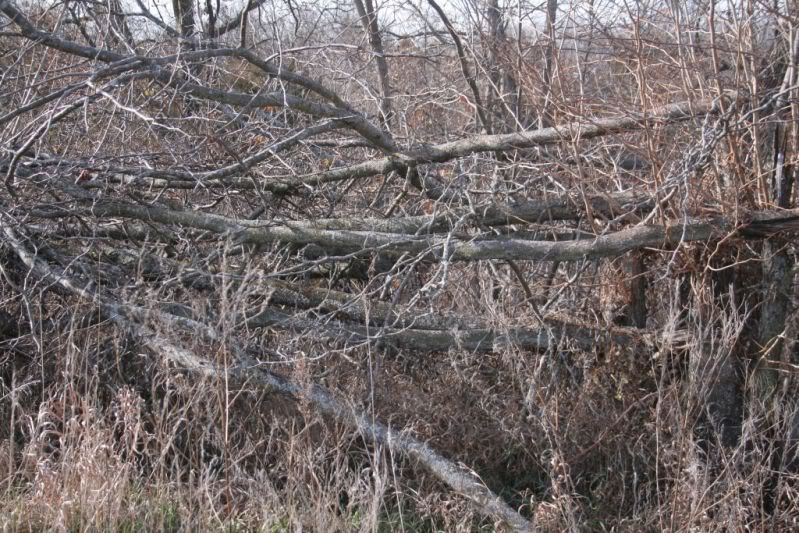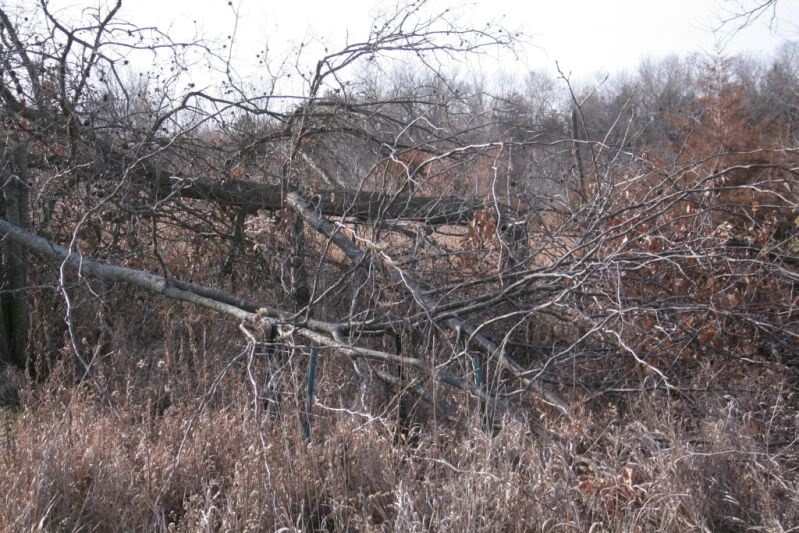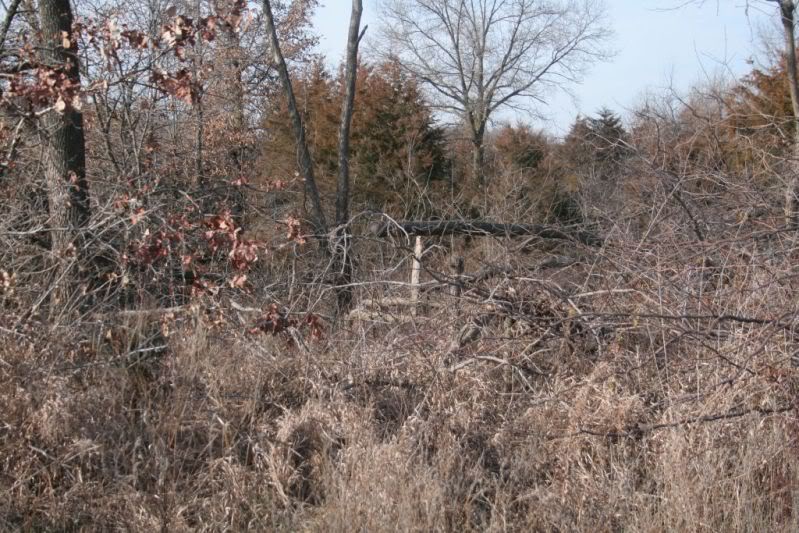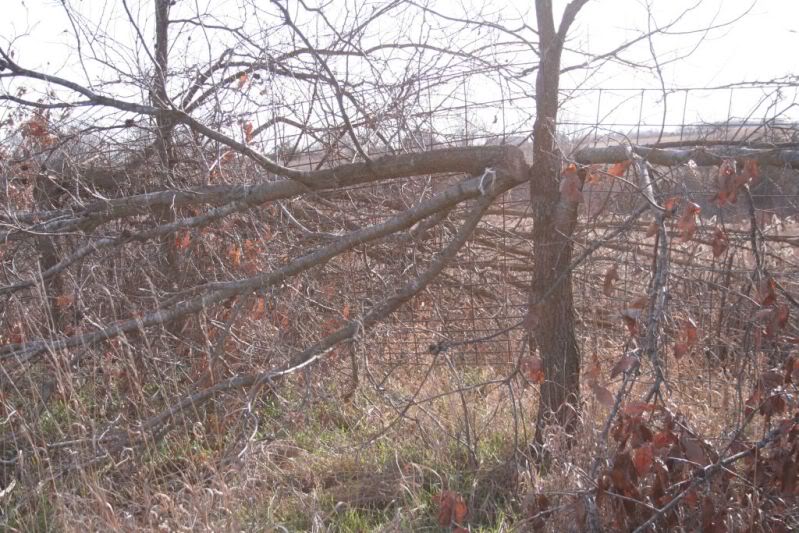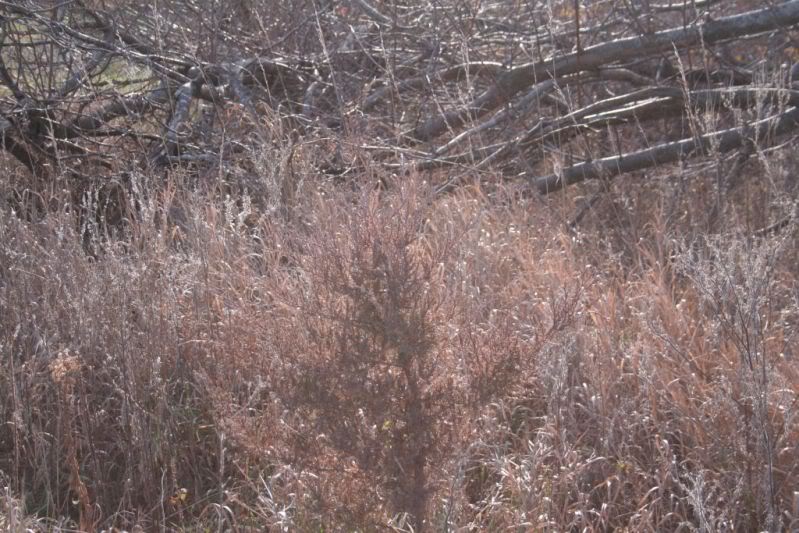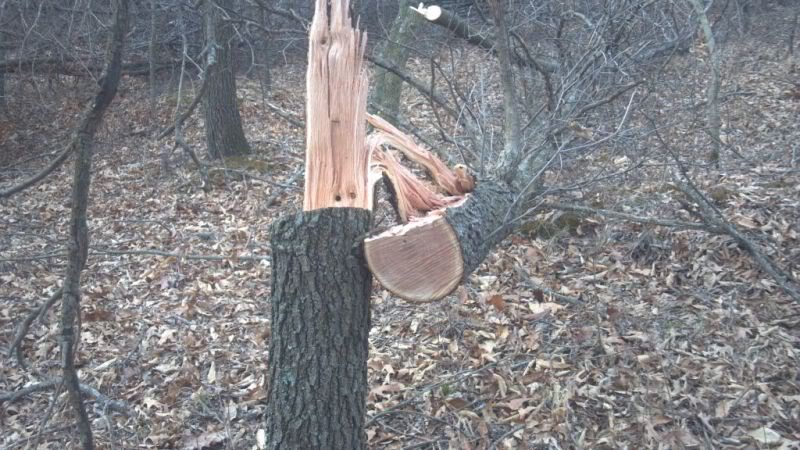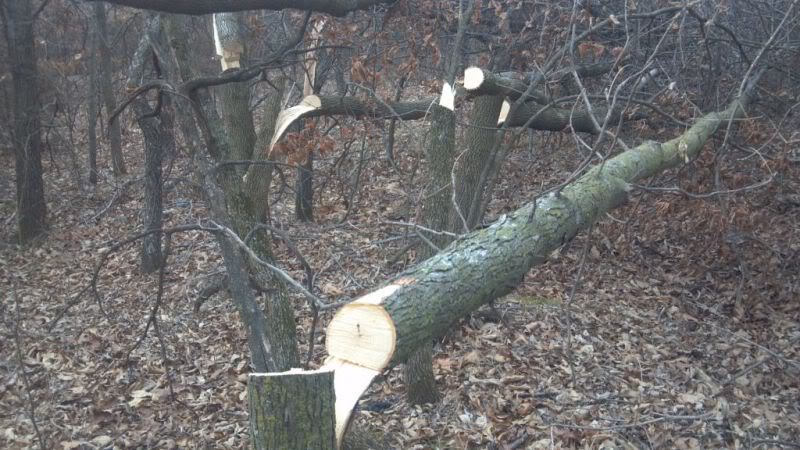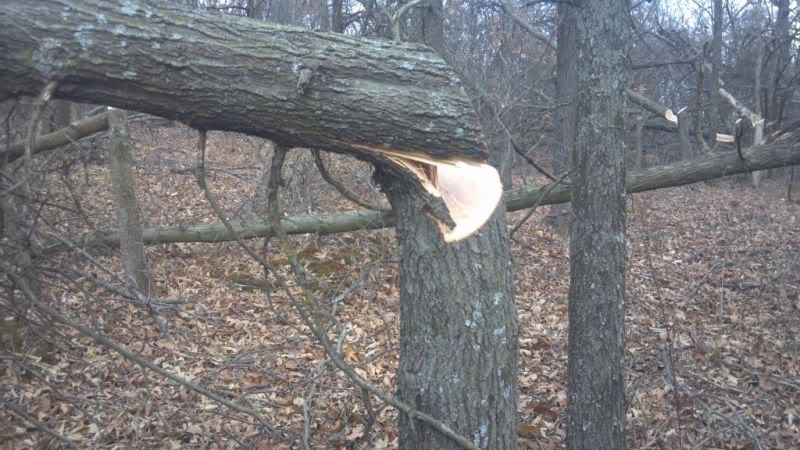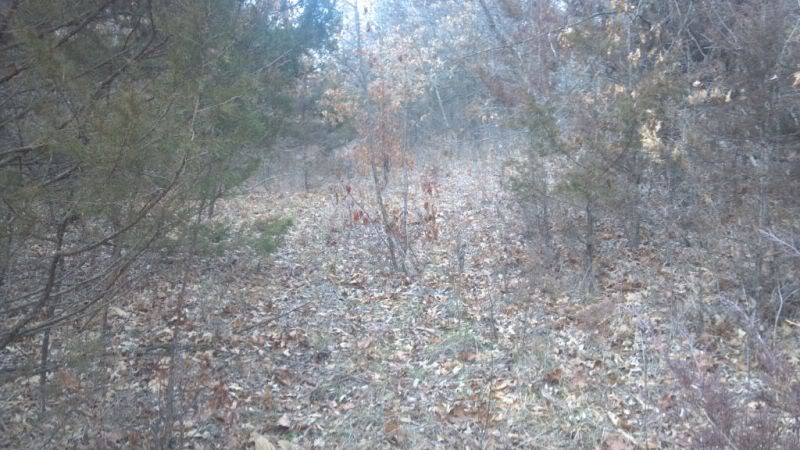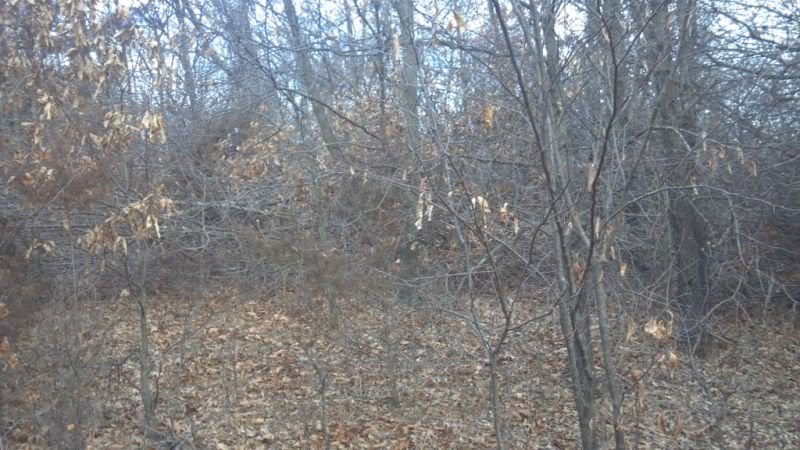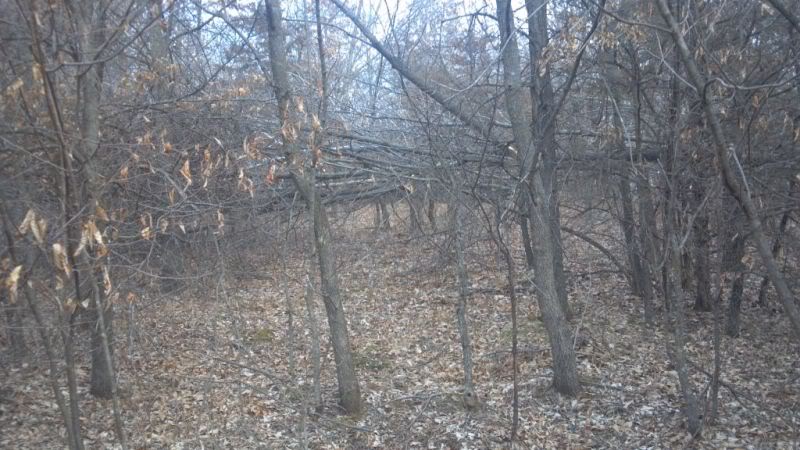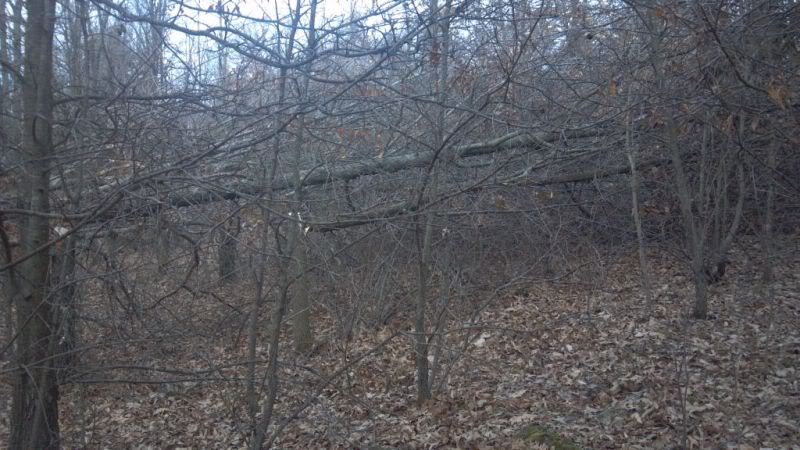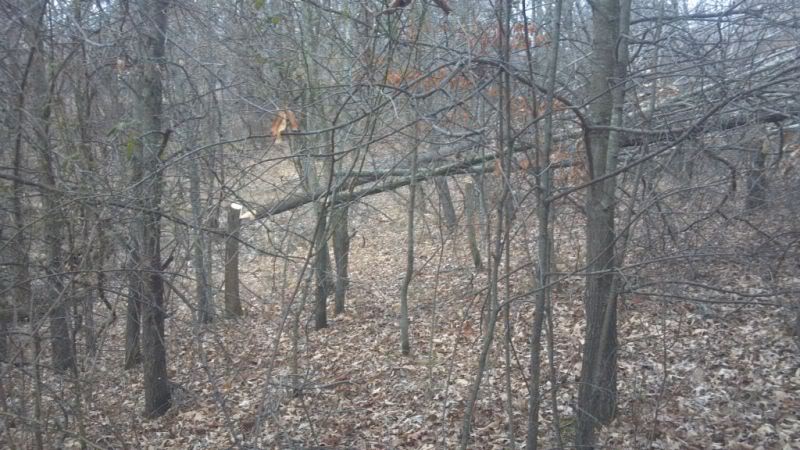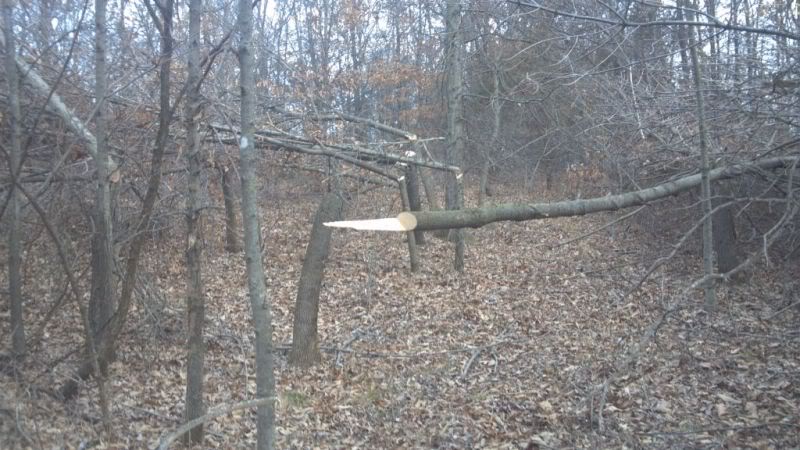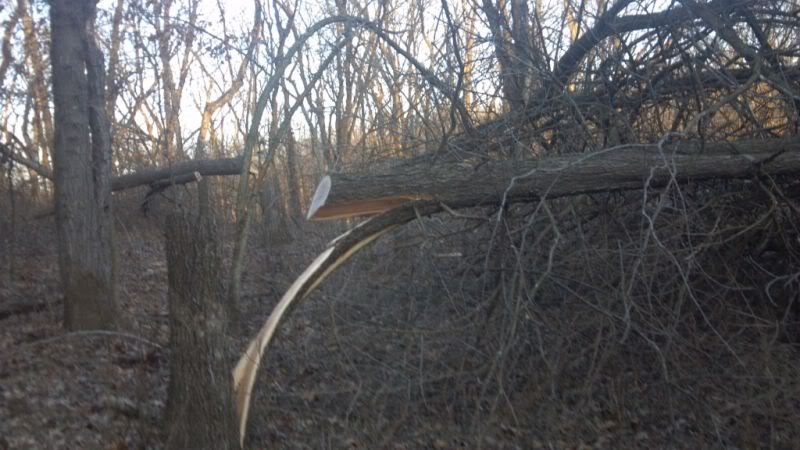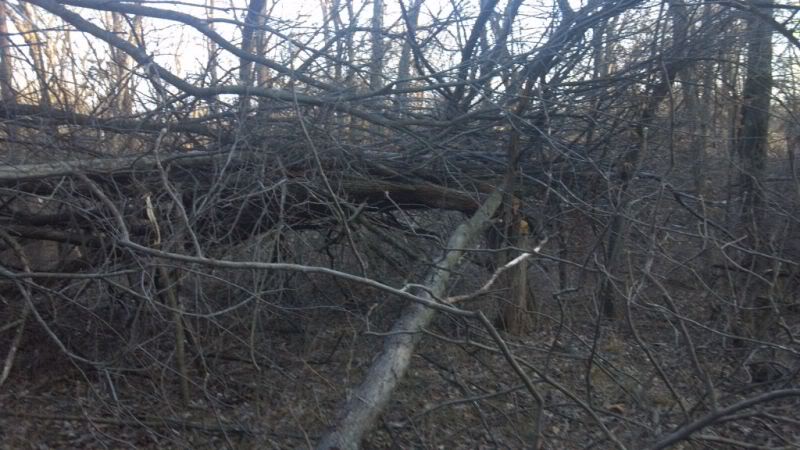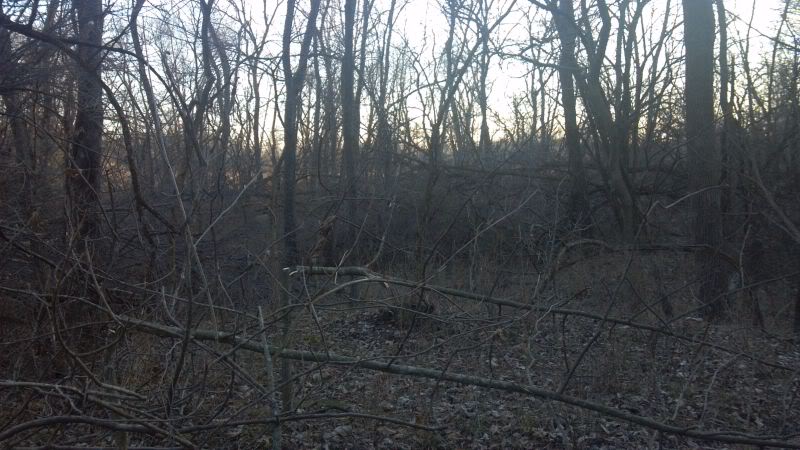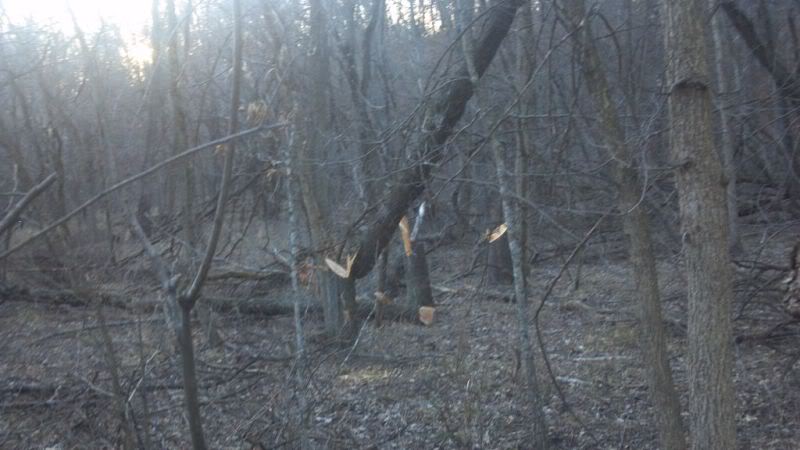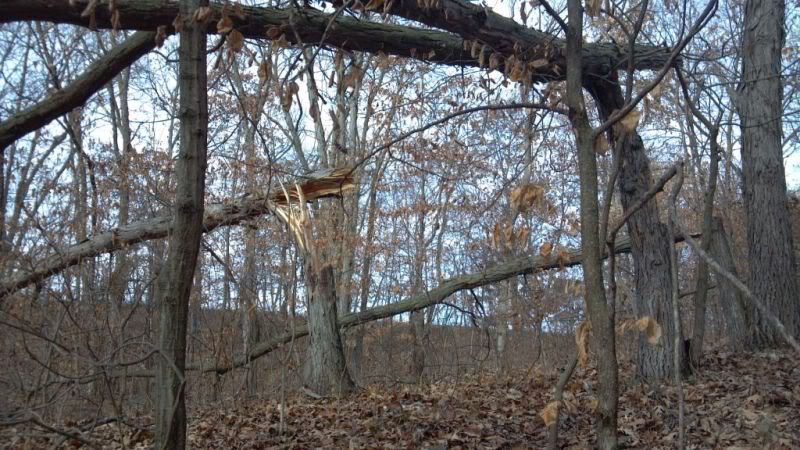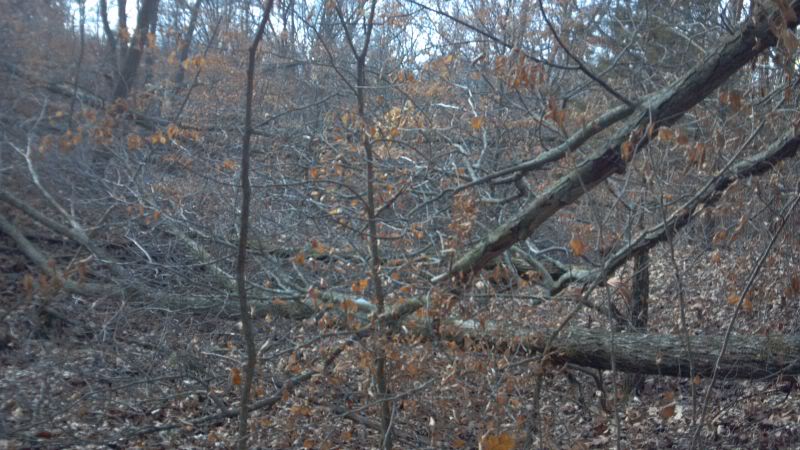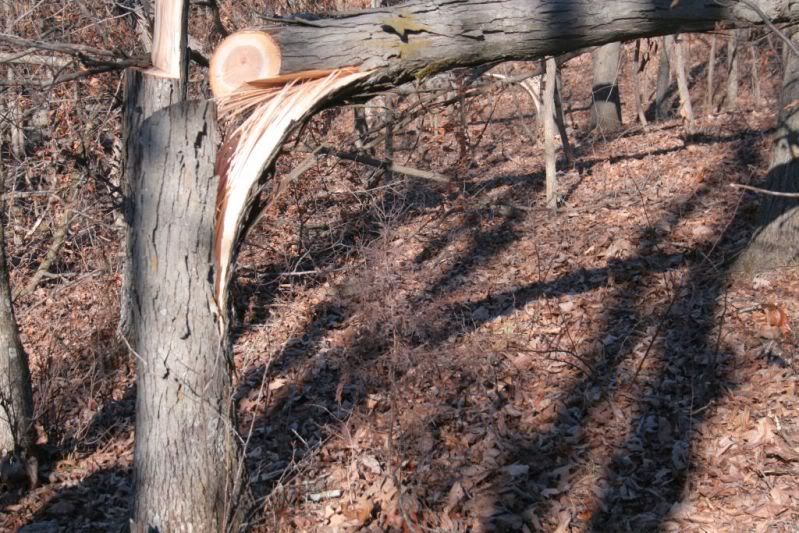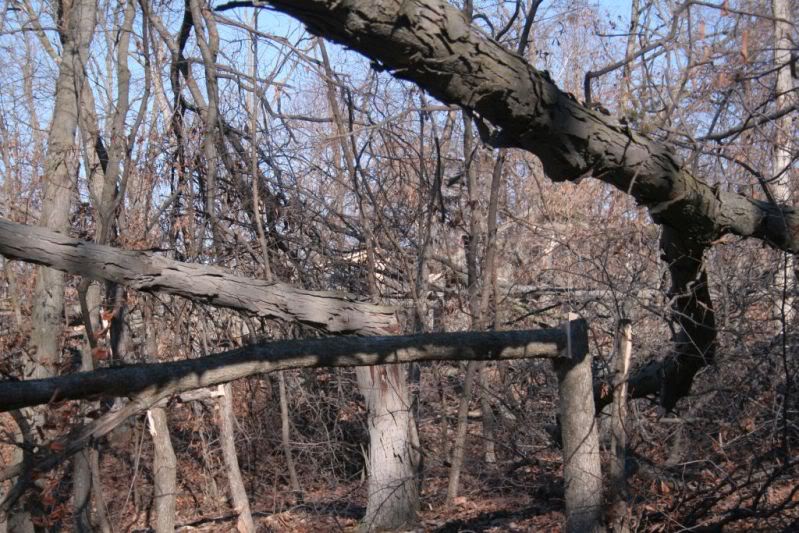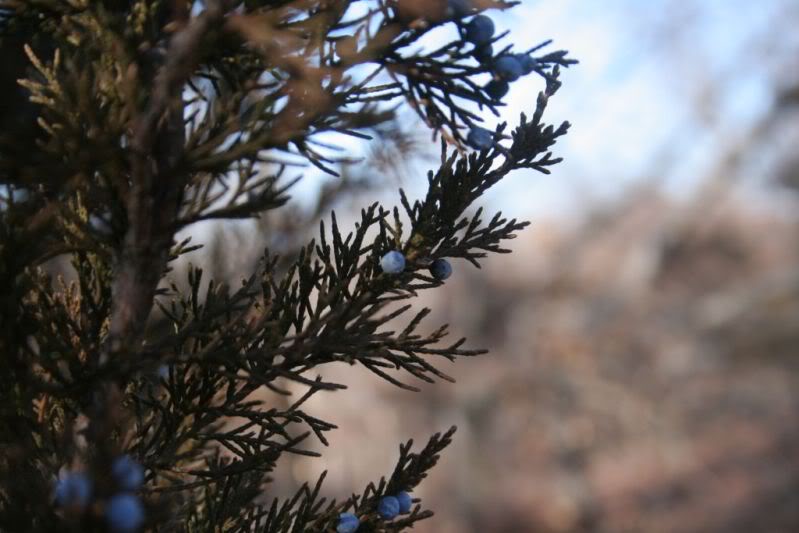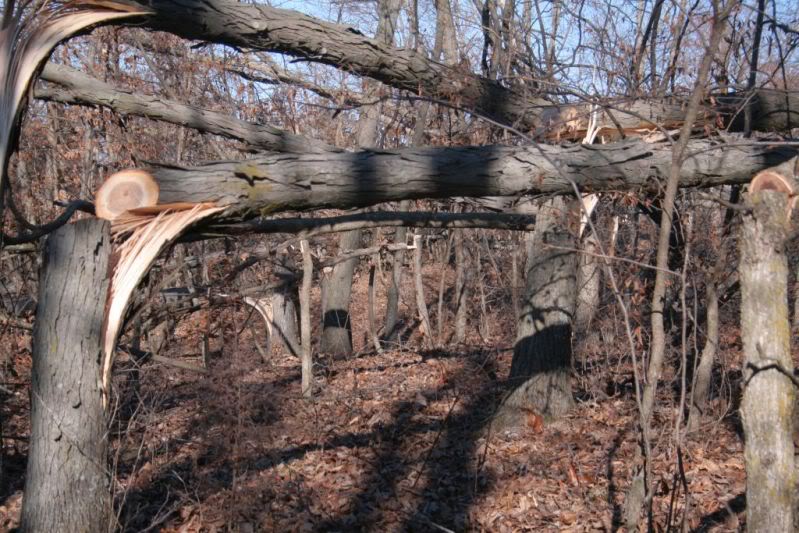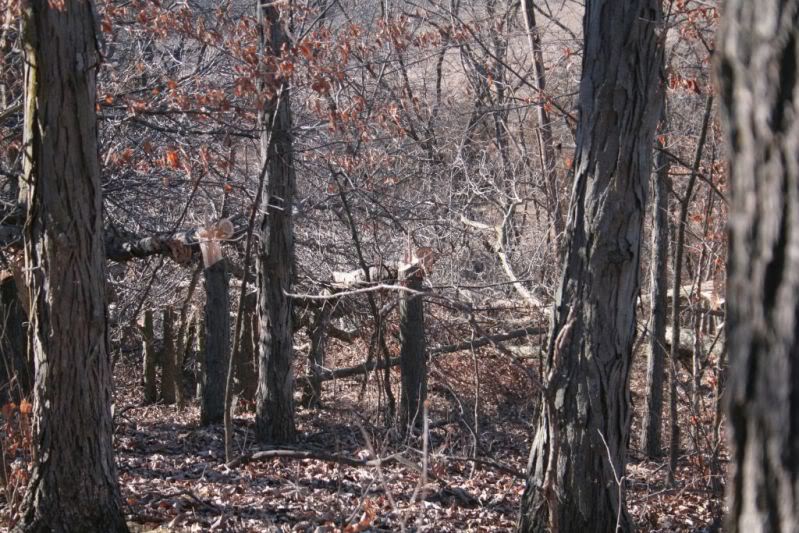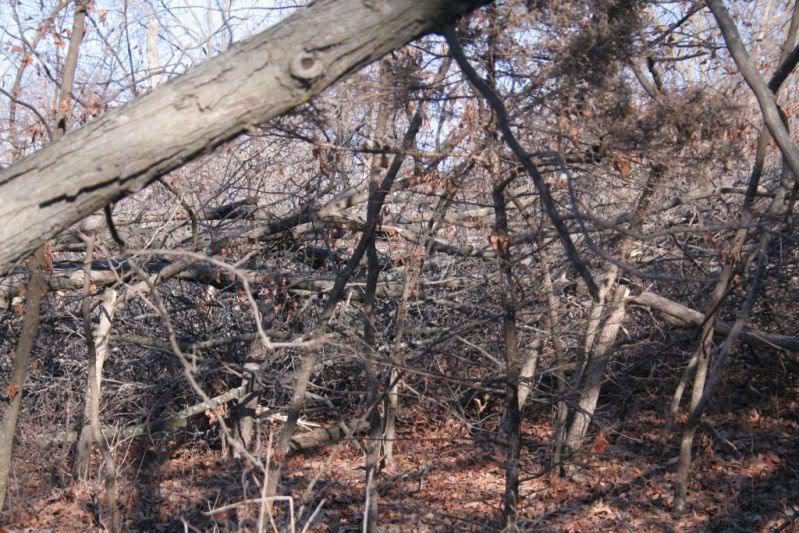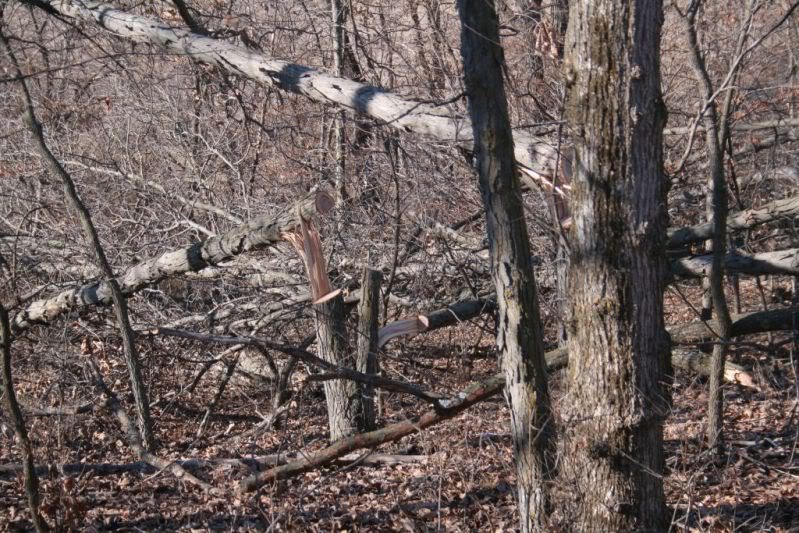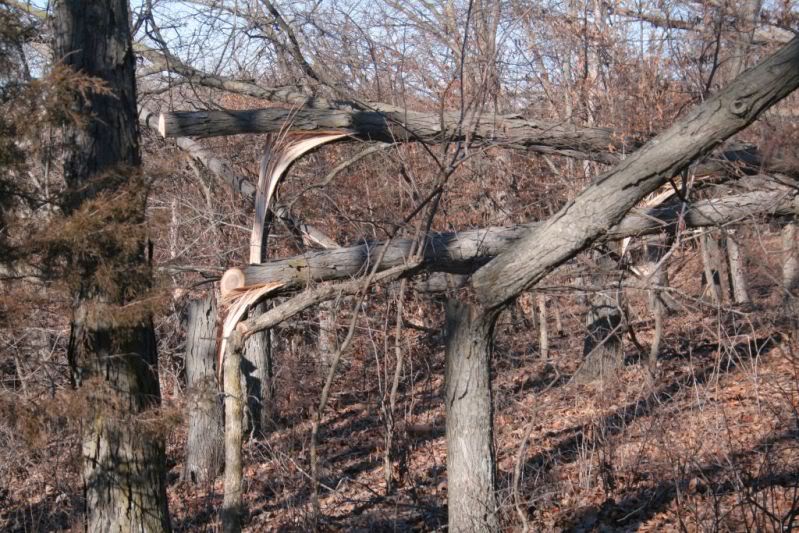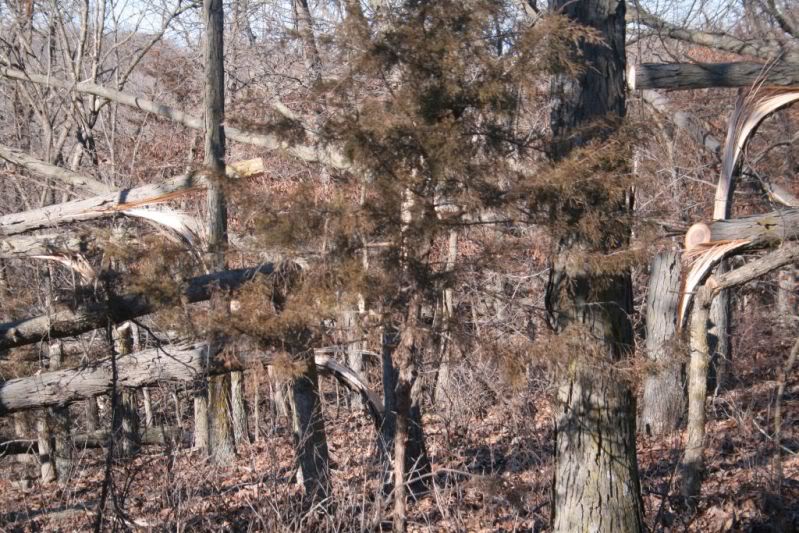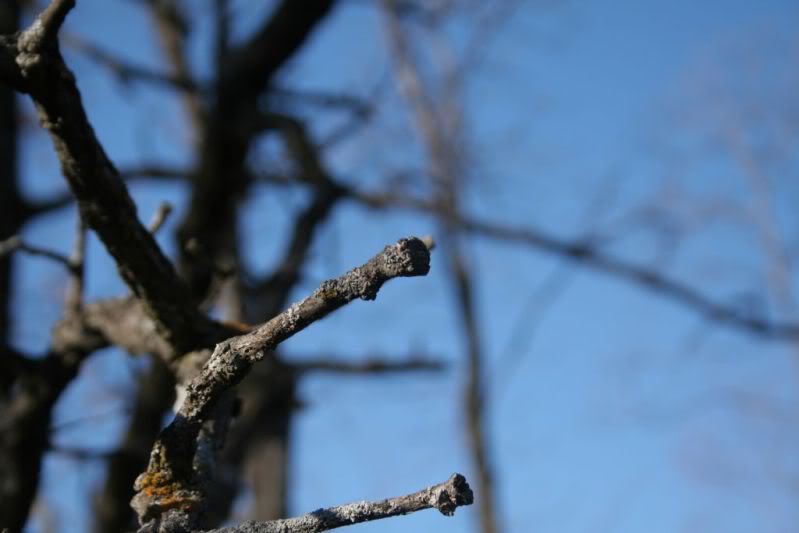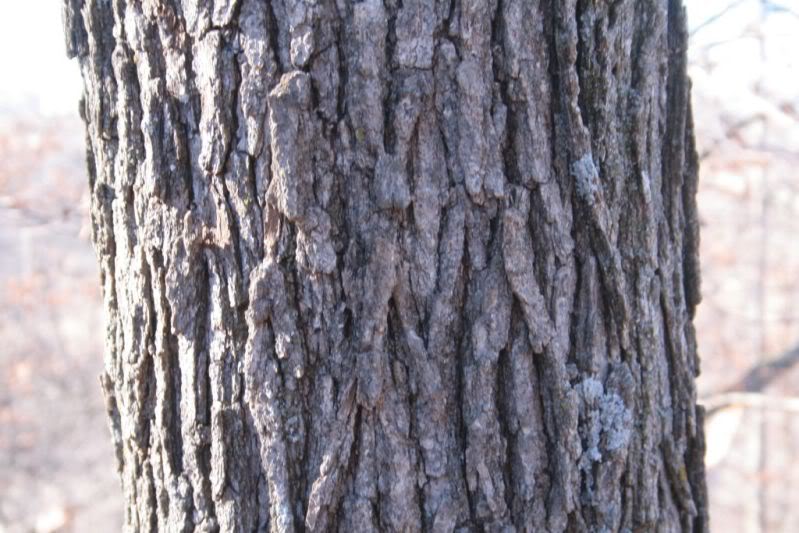dbltree
Super Moderator
Funnels and bottlenecks
Over the past several years I have shared detailed aerials and results of my own funnels and last winter worked on building funnels for landowners I work for. Like everything I share, if I can not provide credible evidence that said improvements actually work then it's just...talk.
The following is just one of the new funnels where a natural corner of an ag field (now a feeding area) and an area of timber/bedding area come together. I edge feathered the entire field edge to limit possible entrances to the field and the tightened the funnel forcing all deer to travel within 25 yards of a ground blind.
A year later hinged trees look like this (note runway passing thru the hinged trees)
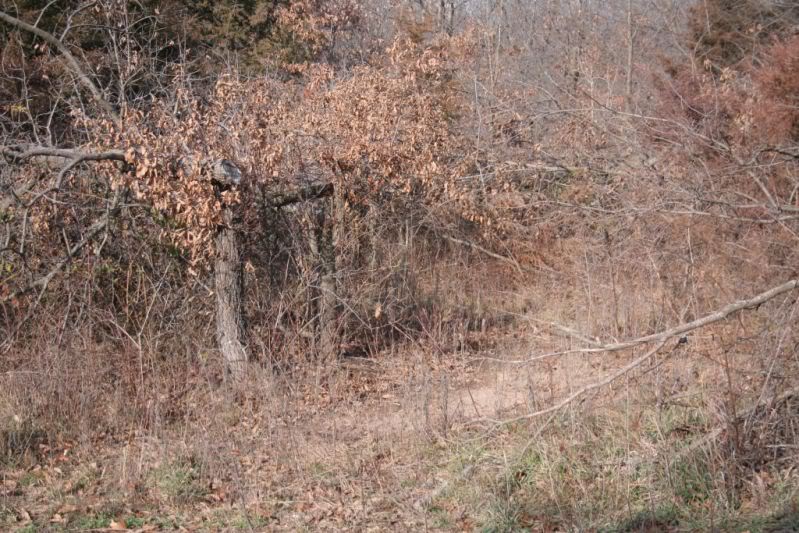
To open up the corner and clear a shooting lane some trees were simply cut off and pushed back to close off runways
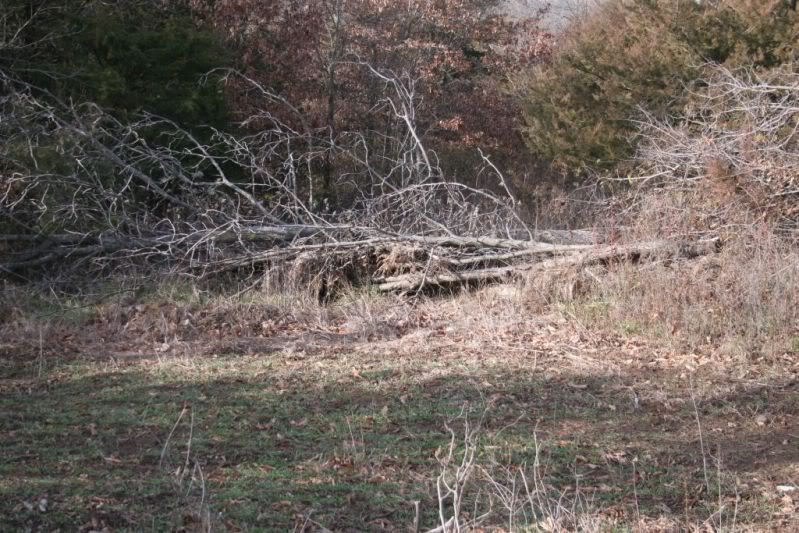
Bucks travel the circuit usually staying inside the safety of cover while does follow this runway out to the feeding area. Regardless which way the buck goes, he is as good as dead should the hunter decide to harvest the animal
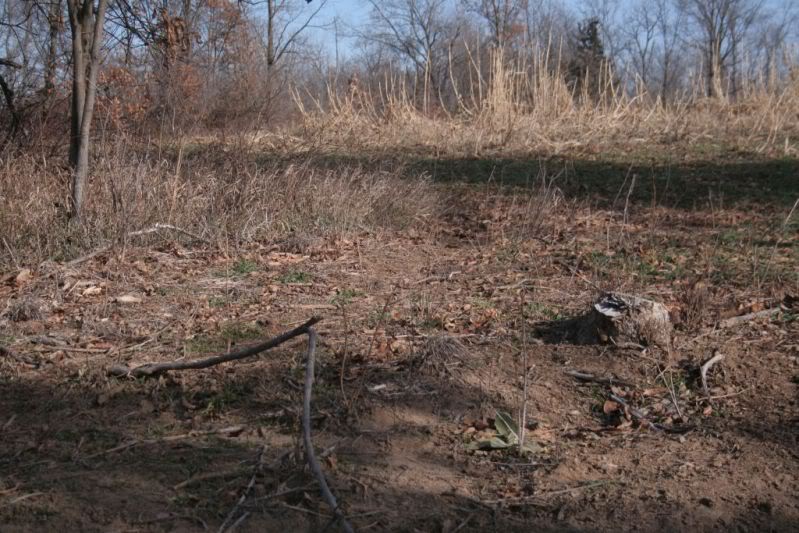
Multiple runways form the wide part of the funnel
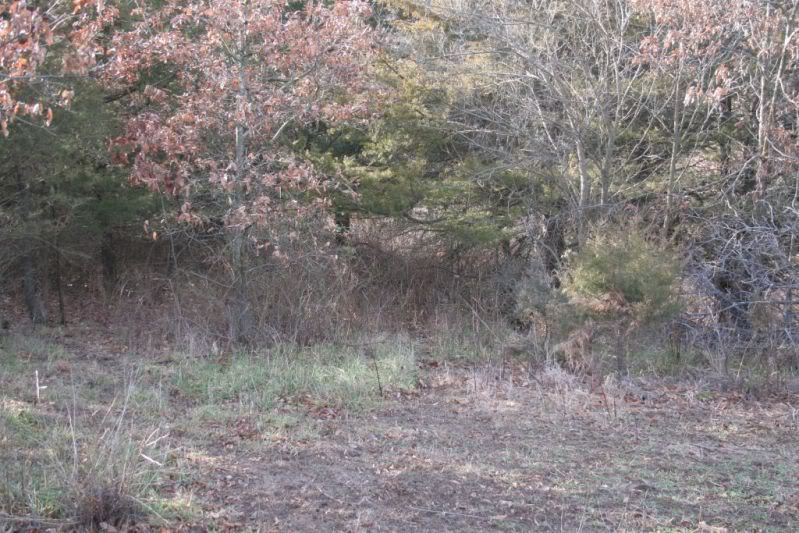
Each beaten down from repeated use by doe groups, now adapted to the year around food sources I use

A cam records movement 24-7 and like most funnels tells us that few if any bucks use this funnel until the rut and when coming to late season food sources. During the rut they are relentlessly travel this route in search of....
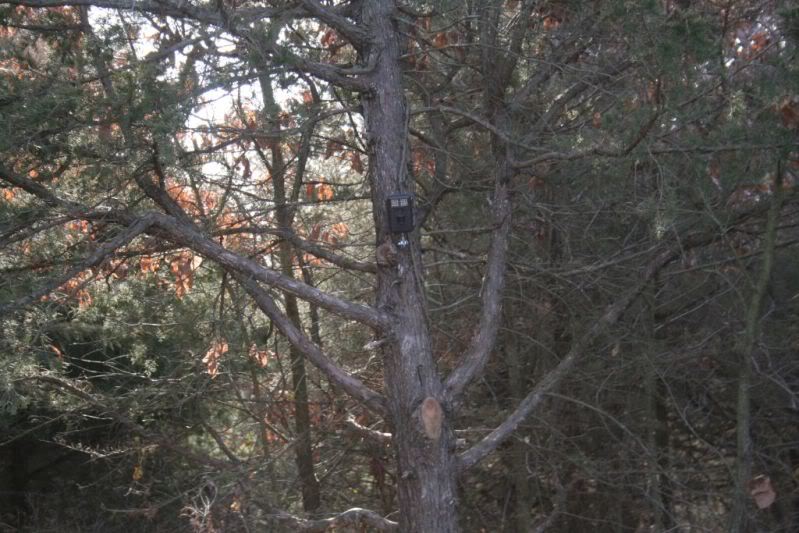
All of that sounds good on paper but...does it actually work? You be the judge....
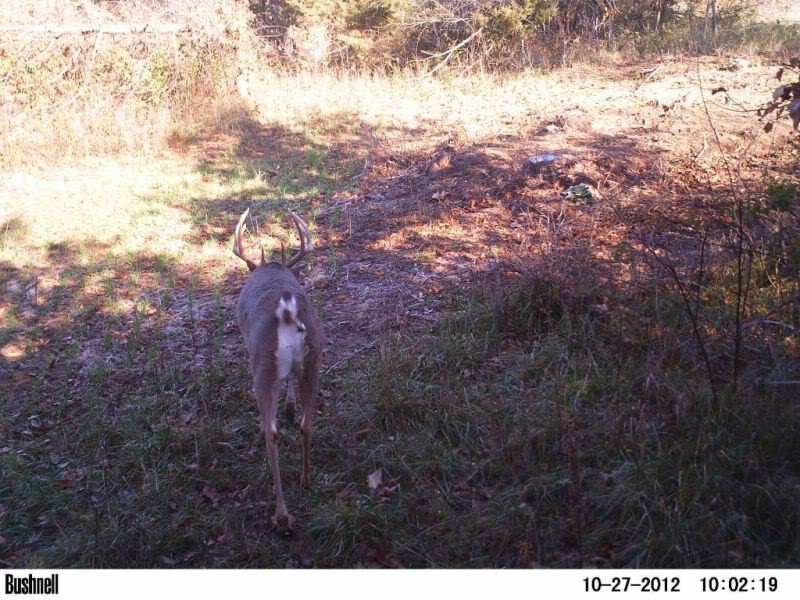
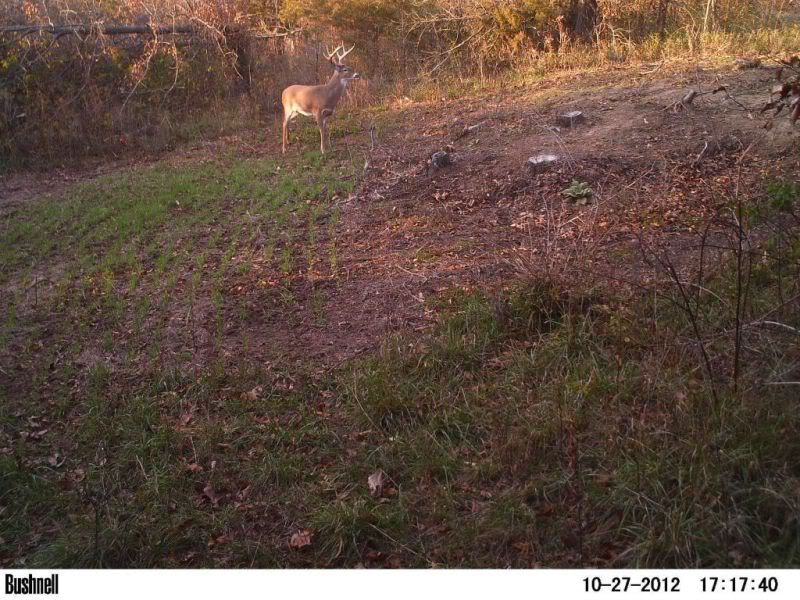










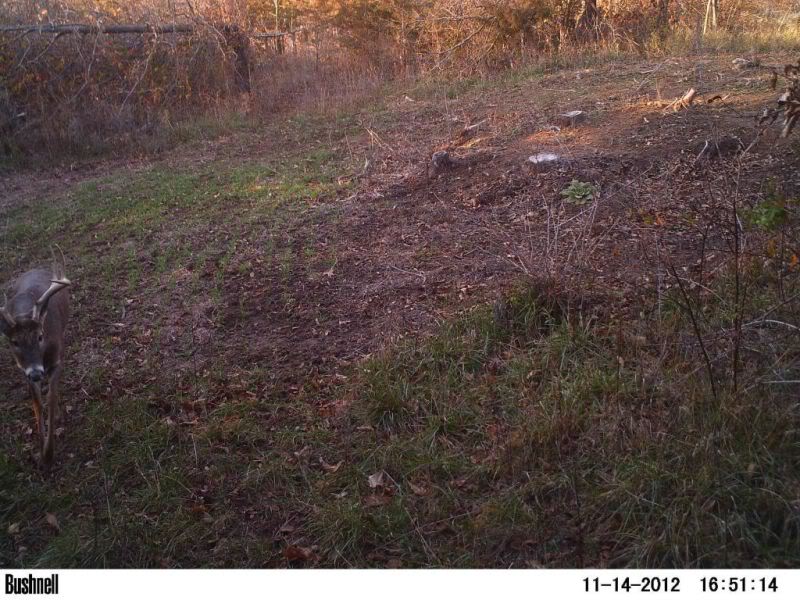
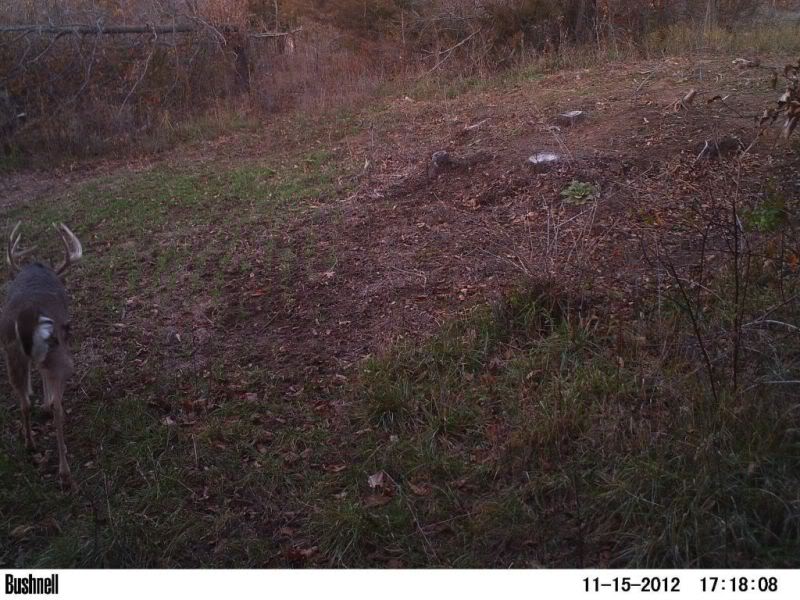
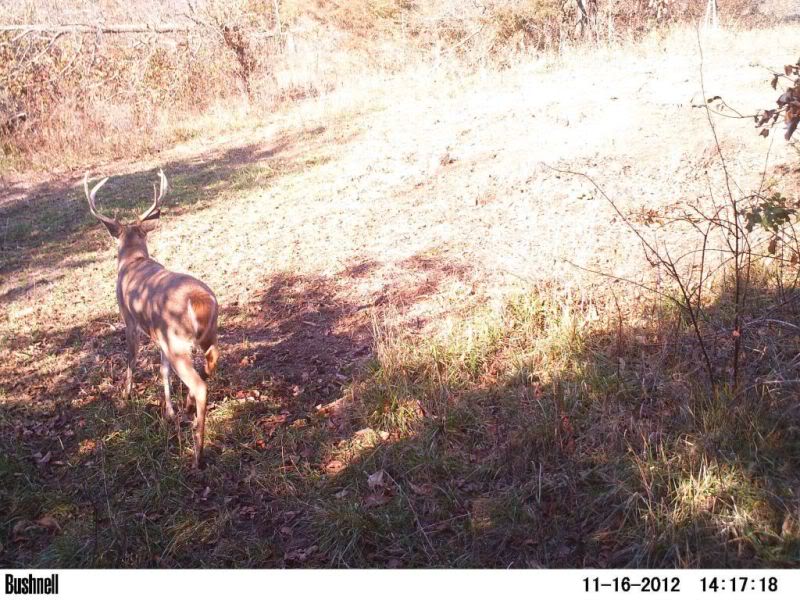
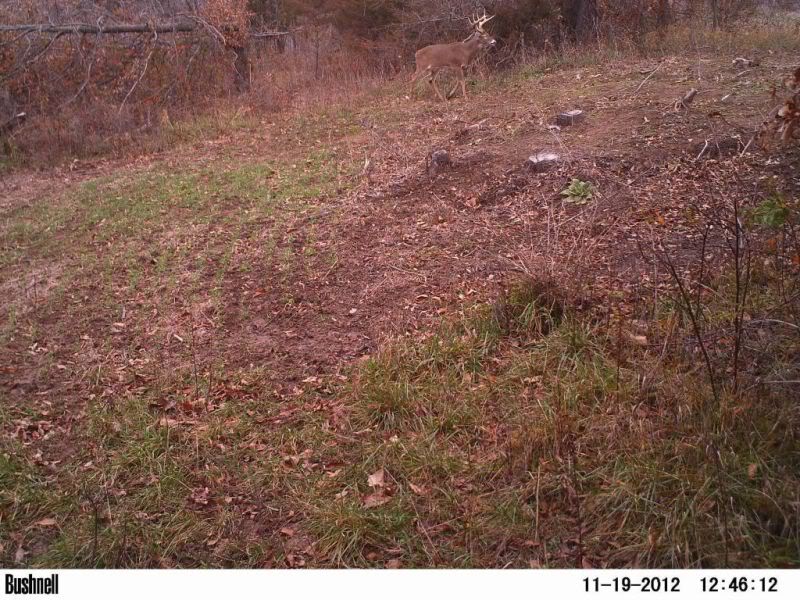
Hinging trees enmasse is not for everyone nor even advisable in all situations in regards to creating bedding and browse depending on the kind, quality and quantity of tree species but one can use a chainsaw and some sweat equity to create some funnels with almost kind of trees. Brush can be piled, trees dragged into place and a diversion created almost anywhere you can carry a saw into.
Use the most natural bottlenecks and then work on tightening the noose so to speak to force deer by your stand or blind.
As I check more cams I will share the results in this thread....
Over the past several years I have shared detailed aerials and results of my own funnels and last winter worked on building funnels for landowners I work for. Like everything I share, if I can not provide credible evidence that said improvements actually work then it's just...talk.
The following is just one of the new funnels where a natural corner of an ag field (now a feeding area) and an area of timber/bedding area come together. I edge feathered the entire field edge to limit possible entrances to the field and the tightened the funnel forcing all deer to travel within 25 yards of a ground blind.
A year later hinged trees look like this (note runway passing thru the hinged trees)

To open up the corner and clear a shooting lane some trees were simply cut off and pushed back to close off runways

Bucks travel the circuit usually staying inside the safety of cover while does follow this runway out to the feeding area. Regardless which way the buck goes, he is as good as dead should the hunter decide to harvest the animal

Multiple runways form the wide part of the funnel

Each beaten down from repeated use by doe groups, now adapted to the year around food sources I use

A cam records movement 24-7 and like most funnels tells us that few if any bucks use this funnel until the rut and when coming to late season food sources. During the rut they are relentlessly travel this route in search of....

All of that sounds good on paper but...does it actually work? You be the judge....
















Hinging trees enmasse is not for everyone nor even advisable in all situations in regards to creating bedding and browse depending on the kind, quality and quantity of tree species but one can use a chainsaw and some sweat equity to create some funnels with almost kind of trees. Brush can be piled, trees dragged into place and a diversion created almost anywhere you can carry a saw into.
Use the most natural bottlenecks and then work on tightening the noose so to speak to force deer by your stand or blind.
As I check more cams I will share the results in this thread....



